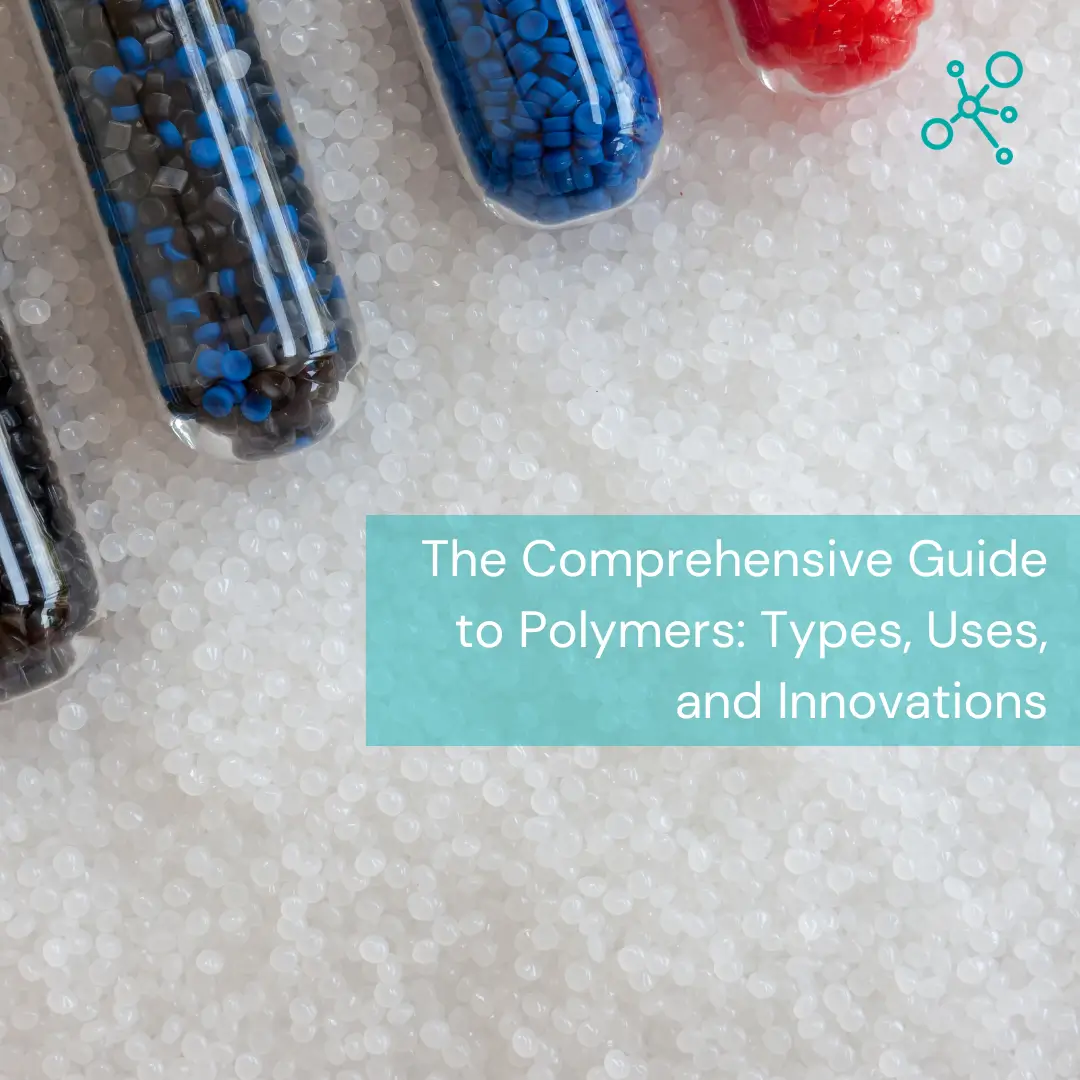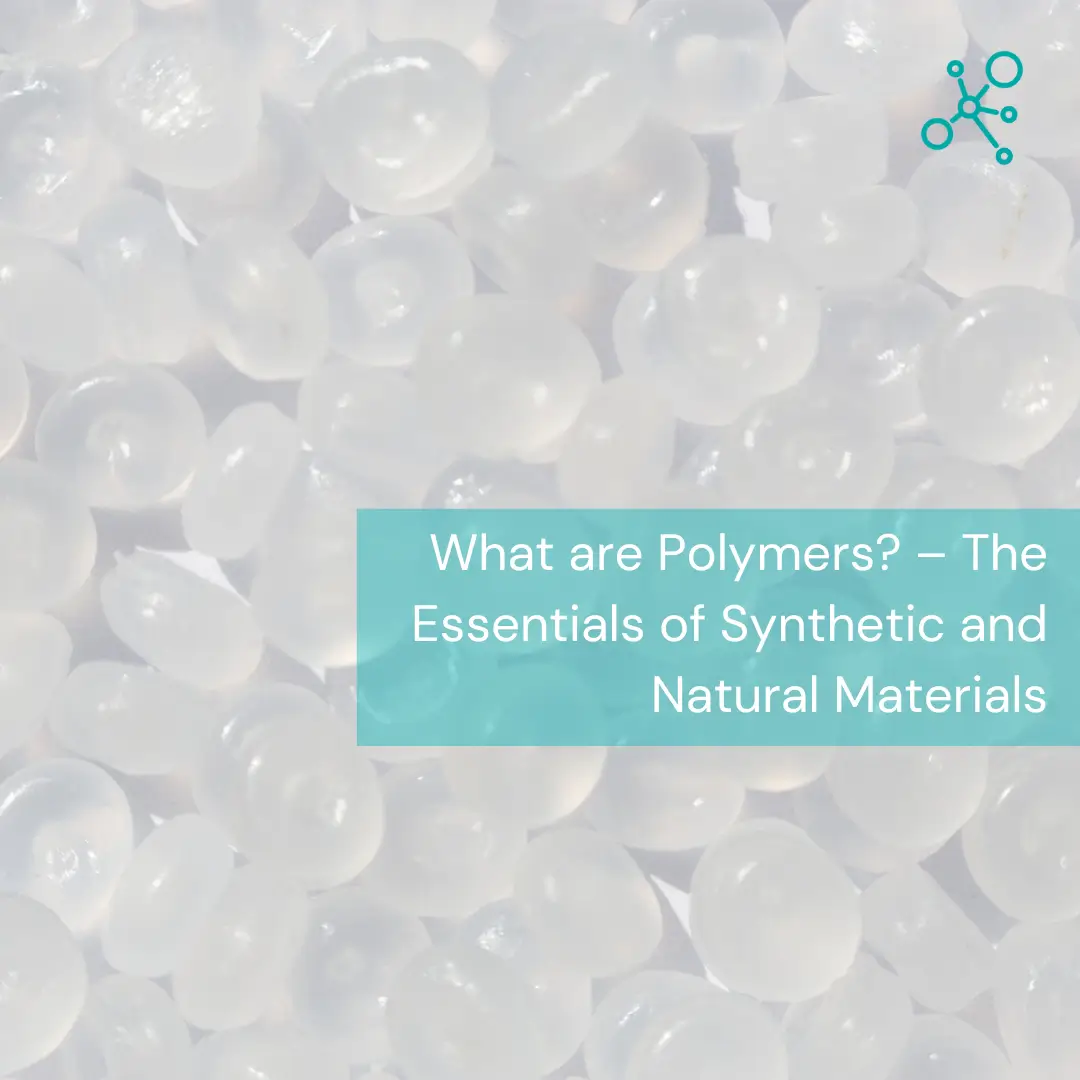
The Comprehensive Guide to Polymers: Types, Uses, and Innovations
Table of Contents
- Introduction
- What Are Polymers?
- The Versatility of Polyolefins
- Styrenics – A World of Possibilities
- Other Common Types of Polymers
- The Manufacturing Process of Polymers
- Environmental Impact and Sustainability
- The Future of Polymer Technology
- Conclusion
Introduction
In the realm of materials science, polymers stand as towering giants, shaping industries and daily life alike. From the plastic bottle that holds your water to the rubber tires that carry you to work, polymers are ubiquitous. This guide delves deep into the world of polymers, focusing on Polyolefins and Styrenics, two of the most prevalent and versatile types of polymers in use today.
What Are Polymers?
At their core, polymers are large molecules composed of repeating structural units, known as monomers, which are bonded together in long chains. These macromolecules are the backbone of many materials we encounter daily, offering a vast range of properties and applications.
Natural vs. Synthetic Polymers
Polymers can be classified into two broad categories:
- Natural Polymers: These occur in nature and include proteins, cellulose, and natural rubber.
- Synthetic Polymers: These are human-made and include plastics, synthetic rubber, and synthetic fibers like nylon.
Molecular Structure
The properties of a polymer are largely determined by its molecular structure, which dictates how it interacts with other substances and responds to environmental conditions. The length of the polymer chain, the degree of branching, and the presence of cross-links all play critical roles in defining a polymer’s characteristics.
The Versatility of Polyolefins
Polyolefins are a family of polymers derived primarily from olefins, which are hydrocarbons with the general formula CnH2n. They are known for their flexibility, durability, and resistance to chemicals, making them ideal for a wide range of applications.
Exploring Polyolefins: The Backbone of the Plastic Industry
Polyolefins are the most produced and used polymers in the world. They are primarily used in packaging, containers, household goods, and automotive parts.
What Are Polyolefins?
Polyolefins are polymers produced from simple olefins like ethylene and propylene. The most common types of polyolefins include:
- Polyethylene (PE): The most widely used plastic.
- Polypropylene (PP): Known for its stiffness and heat resistance.
The Various Types of Polyolefins
- High-Density Polyethylene (HDPE): Recognized for its strength and used in products like milk jugs and water pipes.
- Low-Density Polyethylene (LDPE): More flexible and used in applications like plastic bags and film wrap.
- Linear Low-Density Polyethylene (LLDPE): Combines the properties of LDPE and HDPE, often used in stretch film and flexible tubing.
Common Applications of Polyolefins
Polyolefins are used in a multitude of products due to their versatility:
- Packaging: Food wraps, bottles, and containers.
- Automotive: Fuel tanks, bumpers, and interior trim.
- Consumer Goods: Toys, furniture, and household items.
Advantages and Disadvantages of Polyolefins
Advantages:
- Durability: Resistant to impact and moisture.
- Recyclability: Can be recycled, reducing environmental impact.
Disadvantages:
- Environmental Concerns: Non-biodegradable, can contribute to pollution if not properly managed.
Styrenics – A World of Possibilities
Styrenics encompass a group of polymers that are made from the monomer styrene, a liquid hydrocarbon that is commercially manufactured from petroleum. They are known for their clarity, impact resistance, and ease of processing.
Styrenics: More Than Just Polystyrene
While polystyrene is the most recognized member of the styrenic family, there are several other important types that offer diverse properties and applications.
Understanding Styrenic Polymers
Styrenic polymers are characterized by their aromatic rings, which contribute to their rigidity and heat resistance. They are commonly used in consumer products, construction, and packaging.
Types of Styrenic Polymers
- Polystyrene (PS): Known for its versatility, used in everything from disposable cutlery to insulation.
- Acrylonitrile Butadiene Styrene (ABS): Combines the strength of styrene with the toughness of polybutadiene rubber, ideal for automotive and electronic applications.
- Styrene-Acrylonitrile (SAN): Offers improved strength over PS and is used in products requiring higher clarity and chemical resistance.
Applications of Styrenics in Everyday Life
Styrenics are found in a multitude of everyday items:
- Consumer Electronics: Housings for televisions, computers, and other devices.
- Automotive Components: Instrument panels, trim, and other interior parts.
- Packaging: Food containers and cosmetic packaging.
The Future of Styrenics in Polymer Technology
Innovation in styrenic polymers focuses on enhancing their performance and environmental footprint. Efforts are underway to develop biodegradable versions and improve recycling processes.
Other Common Types of Polymers
While polyolefins and styrenics are widely recognized, there are other polymers that play crucial roles in various industries due to their unique properties.
Beyond Polyolefins and Styrenics: Other Essential Polymers
These polymers are integral to many applications, from construction to textiles.
Polyvinyl Chloride (PVC)
- Properties: PVC is known for its durability, chemical resistance, and versatility.
- Uses: Widely used in construction for pipes, window frames, and cable insulation.
Polyethylene Terephthalate (PET)
- Properties: PET is valued for its strength, thermo-stability, and clarity.
- Uses: Commonly used in beverage bottles, food packaging, and synthetic fibers.
Ethylene-Vinyl Acetate (EVA)
- Properties: EVA is recognized for its flexibility, transparency, and resistance to UV radiation.
- Uses: Often found in sports equipment, footwear, and foam products.
The Manufacturing Process of Polymers
The creation of polymers involves several key steps, each critical to the final product’s performance.
The Polymerization Process
- Initiation: The reaction begins with the initiation of monomer molecules.
- Propagation: Monomers add to the growing chain in a repeating pattern.
- Termination: The reaction is stopped, resulting in the final polymer chain.
Techniques in Polymer Processing
- Extrusion: Used to create films, fibers, and pipes.
- Injection Molding: Common for producing complex shapes and parts.
- Blow Molding: Used for making hollow objects like bottles.
Quality Control and Standards in Polymer Production
- Testing: Polymers undergo rigorous testing to ensure they meet industry standards.
- Certification: Products are often certified to guarantee quality and safety.
Environmental Impact and Sustainability
The production and disposal of polymers have significant environmental implications. As the world becomes more eco-conscious, the polymer industry is adapting to meet these challenges.
Polymers and the Environment: A Critical Look at Sustainability
The environmental impact of polymers is a growing concern, with issues like plastic pollution and carbon footprint at the forefront of global discussions.
Recycling and Reuse of Polymers
- Recycling: Polymers like PET and HDPE are widely recycled, reducing waste and resource consumption.
- Reuse: Many polymer products are designed for reuse, extending their lifecycle and minimizing environmental impact.
Biodegradable Polymers: An Emerging Field
- Research: Scientists are developing biodegradable polymers that break down more easily in the environment.
- Applications: These polymers are used in packaging, agriculture, and medical devices.
Policies and Regulations Affecting Polymer Production
- Legislation: Governments worldwide are implementing regulations to reduce polymer waste and promote sustainable practices.
- Industry Standards: Organizations are setting standards for eco-friendly materials and production processes.
The Future of Polymer Technology
Advancements in polymer science are shaping a future where materials are more sustainable, functional, and adaptable.
Innovations and Trends Shaping the Future of Polymers
The polymer industry is at the cusp of a new era, driven by innovation and sustainability.
Advances in Polymer Science
- New Materials: Development of polymers with enhanced properties like strength, flexibility, and heat resistance.
- Sustainability: Focus on creating materials that are recyclable and have a lower environmental impact.
The Role of Nanotechnology in Polymer Development
- Nanocomposites: Incorporating nanoparticles to improve performance and functionality of polymers.
- Smart Polymers: Polymers that can respond to environmental stimuli, opening up new applications.
Future Applications and Market Trends
- 3D Printing: Polymers are increasingly used in additive manufacturing for creating complex parts.
- Biomedical: Biocompatible polymers for use in healthcare, such as in drug delivery systems and implants.
Conclusion
Polymers are more than just materials; they are enablers of innovation and sustainability. Understanding the types of polymers, their applications, and future directions is essential for anyone involved in material science, engineering, or related fields. As we move forward, the focus on eco-friendly and advanced polymers will continue to grow, offering new possibilities for industries and consumers alike.
This comprehensive guide has explored the various types of polymers, their uses, and the exciting future that lies ahead. By incorporating lists, facts, and tables, we’ve aimed to provide a deep understanding of the topic, presented in a simple, easy-to-read style. If you have any further questions or need additional information, feel free to ask.

